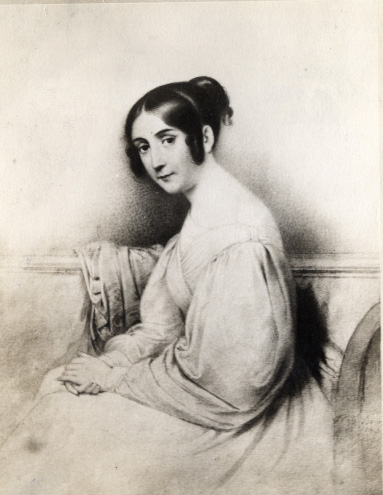 Early Beginnings
Early BeginningsCornelia Peacock was born in Philadelphia on January 15, 1809, the youngest child of a large family. We know that her father died when she was nine. By the age of fourteen she had lost both parents and was living with her half sister.
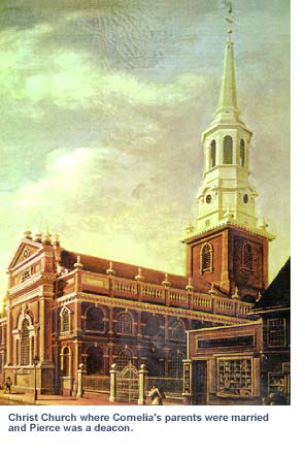 Youth in Philadelphia
Youth in PhiladelphiaShe was an attractive, well-educated woman with a lively personality who was described as being intelligent, happy, strong-minded, hot-tempered and untidy.
The Philadelphia of Cornelia’s youth was a vibrant city: the Declaration of Independence had been signed there just over thirty years before. Cornelia absorbed the spirit of her native city and, all her life, was independent, creative and courageous.
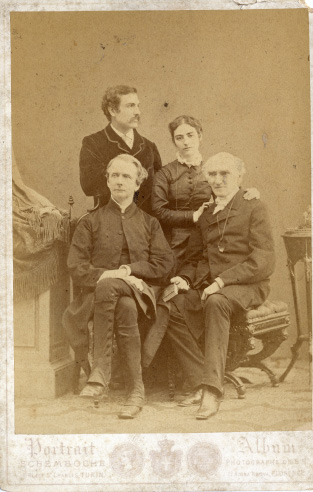 Marriage to Pierce Connelly
Marriage to Pierce ConnellyIn December 1831, despite family opposition, Cornelia married Rev. Pierce Connelly, an Episcopalian minister, with whom she had fallen deeply in love. There were mixed reactions among her relatives but Cornelia and Pierce from all accounts had a very happy relationship.
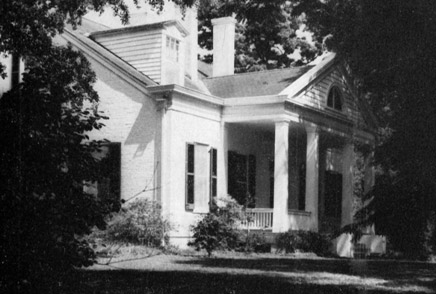 Home and Children
Home and ChildrenAfter their marriage Pierce and Cornelia set up home in Natchez, Mississippi, where Pierce had accepted the rectorship of Trinity Episcopal church. They lived for three years at White Cottage where their first two children, Mercer and Adeline, were born. In August 1835 Pierce resigned his pastorate in order to explore the claims of the Roman Catholic Church. For both Pierce and Cornelia, religion held a place of importance. They were young believers who searched for answers to the most serious questions of their lives.
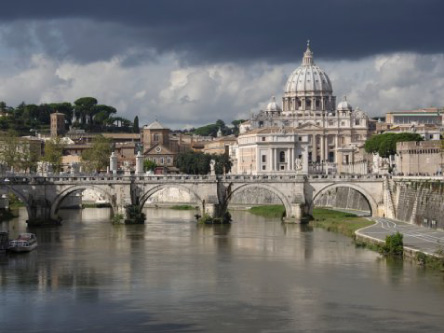 Journey to Rome
Journey to RomeThe Connellys sailed for Europe from New Orleans in December 1835. Cornelia was received into the Catholic Church in St. Louis Cathedral in New Orleans, Louisiana before they sailed. Pierce waited until they reached Rome, because, even at this stage, he was exploring the possibility of becoming a Roman Catholic priest.
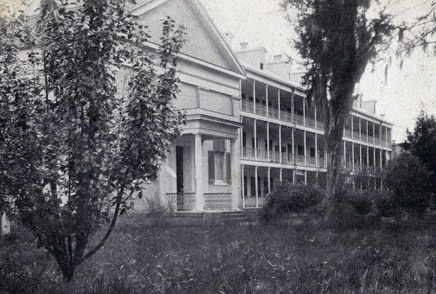 Teaching at the Sacred Heart
Teaching at the Sacred HeartIn the spring of 1838, on their return from Europe, the Connellys accepted an invitation to live and work at Grand Coteau. In this remote Louisiana outpost, Pierce taught English at the Jesuit college and Cornelia taught music at the Sacred Heart School while raising their by now four children, and tutoring. Their faith was supported by spiritual direction, retreats, and conversation with the priests and nuns. Their spiritual lives and personal relationships endured a series of painfilled events. In July 1839, their second daughter, Mary Magdalene, was born but died after only two months.
In early 1840, still grieving the death of her baby daughter, Cornelia made her first three-day retreat during which her interior life was profoundly changed. She gave herself in a new way to God, desiring to do God’s will as it was made known to her through her duties and the events of daily life.Within five months her beloved John Henry, two years old, was scalded in a tragic accident and died in Cornelia’s arms. From this anguish was born in her a life-long devotion to Mary as Mother of Sorrows. On October 13 of that same year another heartbreak came:
Pierce told her that he was certain that God was calling him to pursue the priesthood and the Church. Cornelia was four months pregnant with their fifth child, Frank, and urged her husband to consider his proposal carefully but added characteristically that if God asked it of her, she would make the sacrifice - and with all her heart.
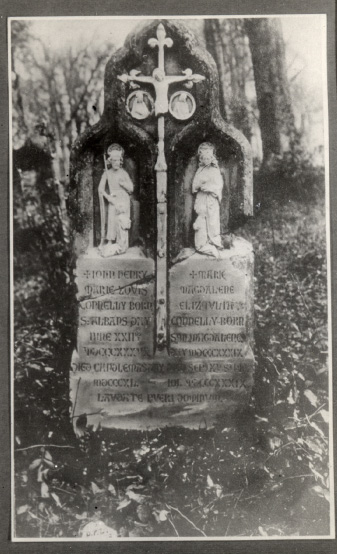 Family Connelly
Family ConnellyCornelia and Pierce were blessed with five children, Mercer, Adeline, John Henry, Mary Magdalene and Frank. Mercer died of yellow fever in New Orleans at the age of 20, completely alienated from his mother. Adeline and her youngest brother Frank lived with Pierce for many years in Florence. Adeline was received back into the Catholic church after her parents’ deaths. Frank, who remained firmly anti-Catholic, became a sculptor of some note. Although he did not marry, he had a daughter and through her, Pierce and Cornelia still have direct descendants.
John Henry was born in Vienna whilst his parents were traveling in Europe. He died tragically aged two, pushed into a vat of hot sugar by a dog while he was playing at Grand Coteau. His death marked Cornelia deeply, and affected her spirituality. Mary Magdalene lived only about six weeks and is buried with John Henry in a double grave at Grand Coteau, Louisiana.
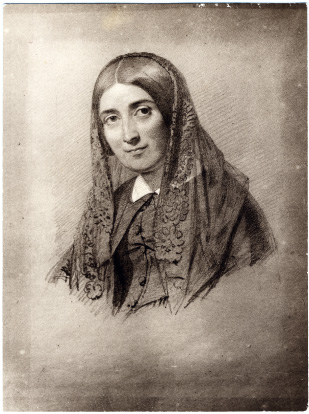 Joining the Sacred Heart
Joining the Sacred HeartBefore Pierce could become a priest, Cornelia was obliged to take a vow of chastity and she was encouraged to enter a religious order. In April 1844 Cornelia entered the Sacred Heart Convent at the Trinita dei Monti under special conditions, taking her baby son, Frank, with her. Cornelia was not happy, but she lived here for two years and in July 1845 Pierce was ordained in the convent chapel. Cornelia was driven to a deep trust of God’s working in her life. At the same time, Pierce was enjoying his priestly ministry in Rome.
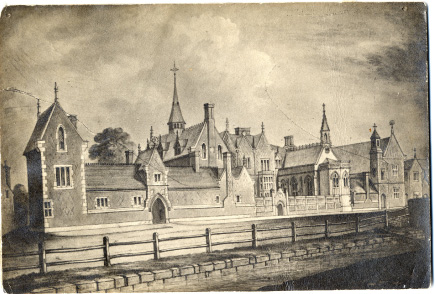 First SHCJ House
First SHCJ HouseWhile living at the Trinita, Cornelia began making tentative preparations for a congregation of which she would be the foundress. In 1846, encouraged by Lord Shrewsbury and Bishop Wiseman, she established the first house of the Society of the Holy Child Jesus in England. There her qualities as a leader in education and spirituality became evident.
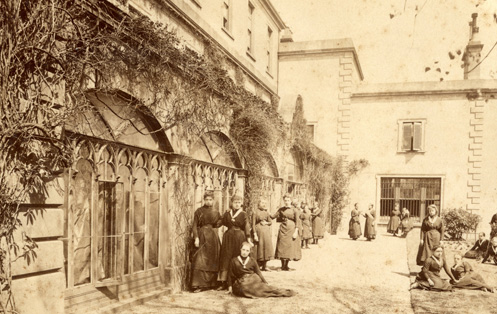 SHCJ in England
SHCJ in EnglandIn 1846, the new Foundress with her two youngest children, Adeline and Frank, and three companions arrived in Derby. In this growing industrial town in the English midlands, Bishop Wiseman provided the new community with a large and quite unsuitable house.
The Society of the Holy Child Jesus had begun, in a small way and with many deprivations. But a spirit of joy and peace prevailed and Cornelia was able to inspire in her sisters something of her own serenity in adversity. They started to educate mill girls and poor children, setting up day and night schools as well as Sunday classes to accommodate the young factory workers, giving retreats and helping in the parishes.
Within two years, however, Pierce began to create difficulties for Cornelia. He was disillusioned and uncertain both about his own vocation to the priesthood and by hers to religious life. She was shaping her philosophy of education based on her life experience: the education of students would be best accomplished in a setting of trust and caring attention for each individual.
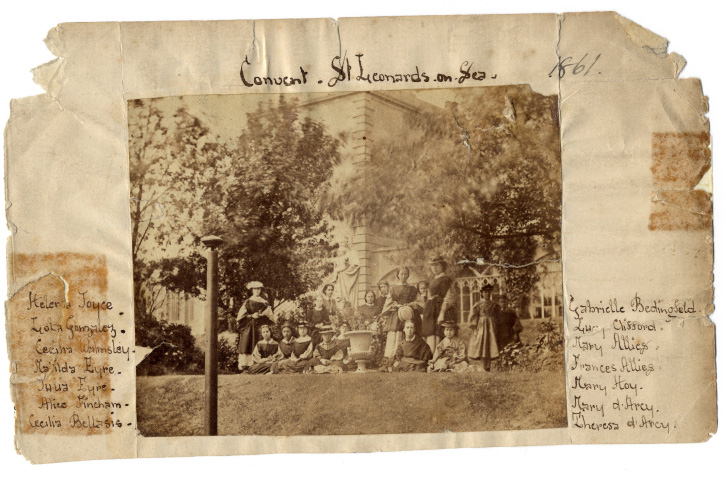 St. Leonard's On Sea
St. Leonard's On SeaMost of Cornelia’s life as foundress of the Society of the Holy Child Jesus was spent at St. Leonards-on-Sea in Sussex. Here she established schools based on her own principles and philosophy. Here too she endured her greatest personal sufferings - Pierce’s abandonment of the Roman Catholic priesthood and her estrangement from her children. Pierce renounced both his priesthood and his Catholic faith, removed their three children from the schools they were attending and denied Cornelia all contact with them, hoping thus to force her to return to him as his wife. He even pressed a lawsuit against her that gained notoriety in England, but he eventually lost the case.
In this suffering, Cornelia clung steadfastly to God. She wrote in her notebook, “I belong all to God,” and this total belonging freed her to give herself to others. Her love for God grew and she tried to live her life as a continuous act of love. She endured suffering and learned not to be embittered by it. Joy became one of her hallmarks and a hallmark of Holy Child education.
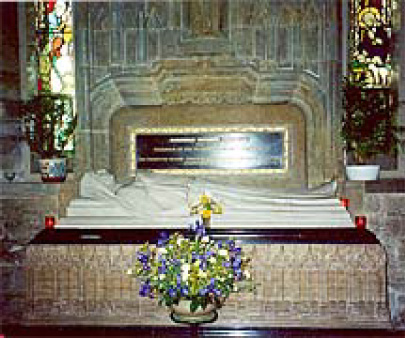 Last Chapter
Last ChapterCornelia died at St. Leonards on 18 April 1879 and was buried at Mayfield. Later her body was transferred to this tomb in the fourteenth century chapel. Amadeus Atchison, the superior general at the time, chose as her epitaph:
Love knoweth no measure Feareth no labour Maketh sweet all that is bitter Findeth rest in God alone.

